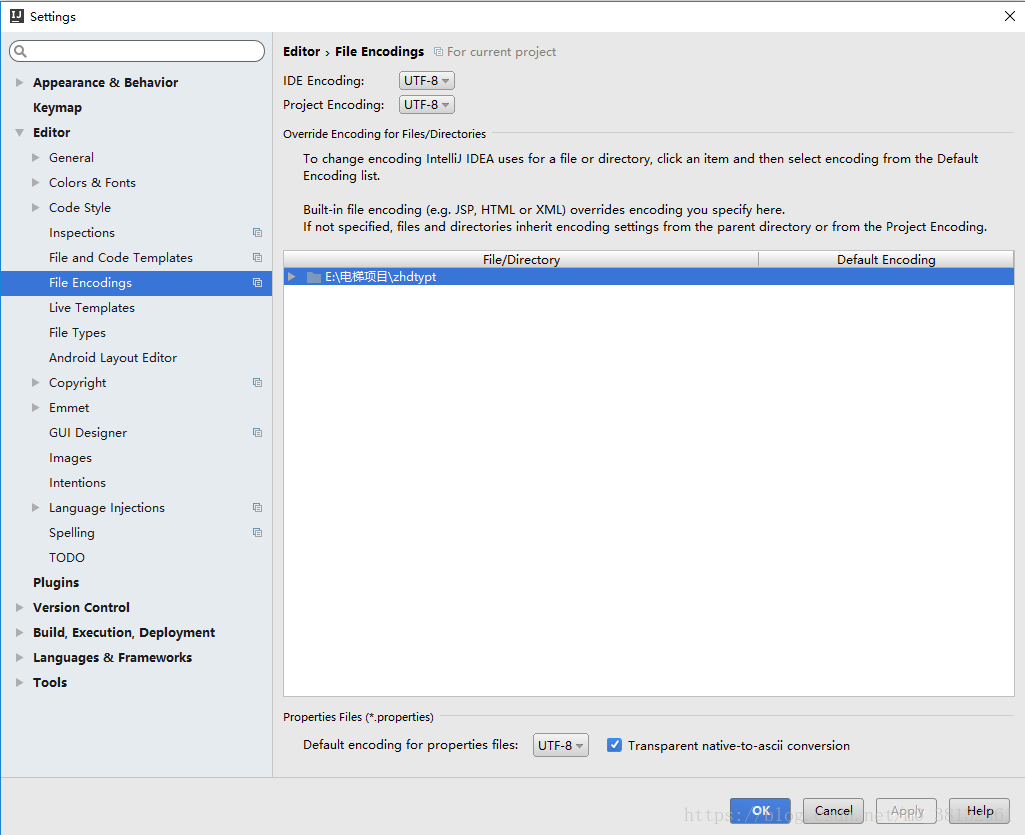詳解python with 上下文管理器
作為一個 Java 為母語的程序員來講,學習起其他新的語言就難免任何事都與 Java 進行橫向對比。Java 7 引入了能省去許多重復代碼的 try-with-resources 特性,不用每回 try/finally 來釋放資源(不便之處有局部變量必須聲明在 try 之前,finally 里還要嵌套 try/catch 來處理異常)。比如下面的 Java 代碼
try(InputStream inputStream = new FileInputStream('abc.txt')) { System.out.println(inputStream.read());} catch (Exception ex) {}
它相應的不使用 try-with-resources 語法的代碼就是
InputStream inputStream = null;try { inputStream = new FileInputStream('abc.txt');} catch (Exception ex) {} finally { if(inputStream != null) { try { inputStream.close(); } catch (Exception ex) { } }}
類似的 Python 也有自己的 try-with-resources 寫法,就是 with 關鍵字,它的概念叫做上下文管理器(Context Manager)。
with 關鍵字的使用
with open(’some_file’, ’w’) as opened_file: opened_file.write(’Hola!’)
以上的代碼相當于
opened_file = open(’some_file’, ’w’)try: opened_file.write(’Hola!’)finally: opened_file.close()
也就是 with 關鍵字打開的資源會在 with 語句塊結束后自動調用相應的方法自動釋放(無論 with 中操作是否有異常)。
with 用起來是很方便的,但是什么樣的資源可以用 with 關鍵字?Python 是怎么知道要調用哪個方法來關閉資源的?進而如何實現自己的支持上下文管理器的 Python 類。
再次回顧 Java 的 try-with-resources 語法,try(...) 括號支持的類必須是實現了 AutoCloseable 接口,它的接口方法是
public void close() throws IOException
也就是 Java 的 try-with-resources 語法會自動調用以上方法來釋放資源,要實現可被自動釋放的 Java 就只須遵照這一規則就行。
而在 Python 中,能被 with 的類有兩種實現方式
實現基本方法以支持上下文管理器的類
一個 Python 類要能被用于 with 上下文,必須實現至少 __enter__ 和 __exit__ 方法。這兩個方法的意思好理解,一個是創建資源后,后者是退出 with 語句塊后。請看下面的例子
class File(object): def __init__(self, file_name, method): self.file_obj = open(file_name, method) def __enter__(self): print('---enter') return self.file_obj def __exit__(self, type, value, traceback): print('---exit') self.file_obj.close() with File(’data.txt’, ’r’) as data_file: print(data_file.read())
假設 data.txt 文件中的內容是
helloworld
那么以上程序執行后的輸出就是
--enterhelloworld---exit
__enter__ 返回的值作為 with ... as data_file 中的 data_file 變量的值,如果 __enter__ 沒有返回,data_file 得到的就是 NoneType object 了。 __exit__ 可利用來釋放資源 沒有 __enter__ 方法試圖用 with 的寫法執行時會得到 AttributeErro: __enter__ 異常 同樣,沒有 __exit__ 方法試圖用 with 的寫法執行時會得到 AttributeErro: __exit__ 異常 __exit__ 有其他額外的三個參數,可獲得資源的值,以及能處理 with 塊中執行出現異常的情況 __exit__ 的返回值也有用途,如果它返回 True 則出現的異常不再向外傳播,其他值的話直接向外拋利用生成器(Generator) 和裝飾器創建支持上下文管理器的方法
此種方式比較簡單,不過邏輯控制上沒有這么強。
from contextlib import contextmanager @contextmanagerdef open_file(name, method): f = open(name, method) yield f f.close()
使用 f 的執行代碼將被放置在 yield f 所處的位置,with 使用以上方法。yield 后的 f 變量將是 with...as 后的變量值
with open_file(’some_file’, ’w’) as file_object: file_object.write(’hola!’)
這里也要注意異常處理的情況,比如把上面代碼打開文件的模式換作 r, 仍然試圖去寫文件,這樣在 open_file 方法的 yield f 位置將產生異常,會造成 f.close() 得不到執行,不能正確釋放該資源。
欲更具防御性,前面的 yield f 可以擴展也如下的形式
try: yield fexcept Exception as ex: pass #處理異常,或繼續向外拋finally: f.close()
@contextmanager 裝飾器內部也是封裝為一個實現了 __enter__ 和 __exit__ 方法的對象。
參考鏈接:Context Managers
以上就是詳解python with 上下文管理器的詳細內容,更多關于python with 上下文管理器的資料請關注好吧啦網其它相關文章!
相關文章:

 網公網安備
網公網安備